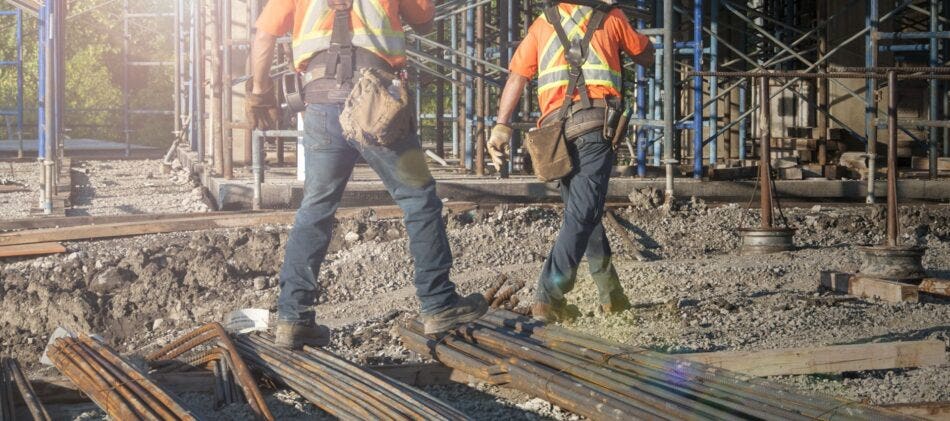According to the Canadian Centre for Occupational Health and Safety, around 60,000 workers are injured each year from slips, trips and falls, and about 30 per cent of these injuries are the result of falls from height.
Every province and territory has occupational health and safety legislation that requires employers to take proper precautions to prevent employee injuries. In BC, an employer is required to use a fall protection system if either of the following apply:
•employees are working at a height of 3 m (10 ft) or more
•employees are working at a height less than 3 m but circumstances pose a high risk of injury
A fall protection plan is required if employees are working at a site:
- without permanent guardrails and at a height of 7.5 m (25 ft) or more
- where a fall arrest system cannot be used because it would create new hazards or would not be feasible to implement
Even if you are not legally required to have a fall protection plan in place, it is still advised that you create one. Not only will you be taking proactive steps to keep your employees safe but you will also be protecting your company from lawsuits arising due to employee injury. In the event of a claim, your plan can serve as proof that you have performed your due diligence and made good faith efforts to ensure worker safety.
Drafting Your Fall Protection Plan
Your fall protection plan must be in writing and available at the work site where it applies before work begins. It should outline:
- existing fall hazards
- fall protection systems that are being used
- anchors that are being used
- the employer’s assertion that a worker will not hit the ground or an obstacle below the area of work, due to sufficient clearance distances
- procedures that will be used when assembling, inspecting, maintaining, using and disassembling fall protection systems
- rescue procedures
It is critical to ensuring worker safety that you provide a training program for each employee who may be exposed to fall hazards. The program should enable workers to recognize the hazards of falling, and train each individual on the procedures to follow in order to minimize these hazards.
In addition, you should consider any other hazards specific to your job sites that pose a risk of injury and include precautions for those as well. You may want to address the following:
- unpredictable fall hazards caused by uneven sheathing, sudden gusts of wind, loose materials and surfaces that become slick when wet
- structural integrity risks (workers being injured when surfaces they are working on collapse)
- staging materials risks (loose material and hand-held equipment creating tripping hazards at a height)
- risks stemming from using the wrong equipment
WorkSafeBC provides a fall protection plan template.
You can also see here for further details about the fall protection requirements of BC Occupational Health and Safety Regulation.
Contact an Acera Insurance risk advisor today if you would like more resources on ensuring employee safety.

